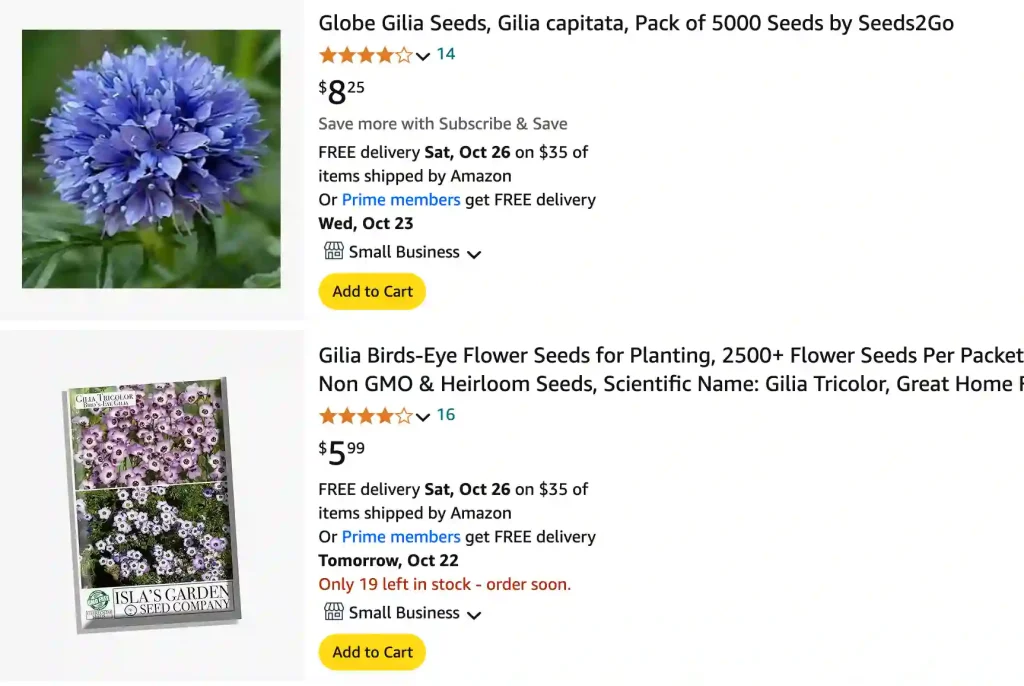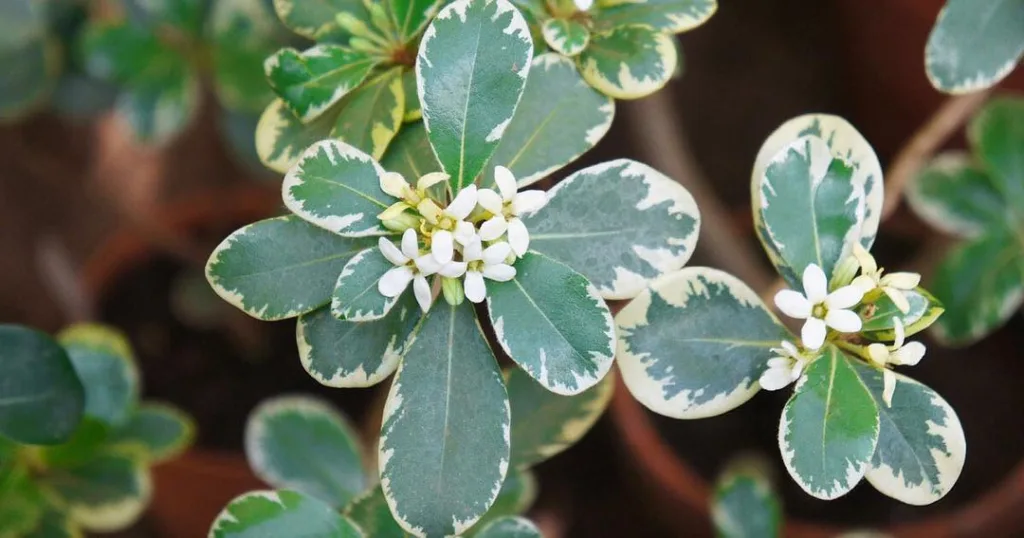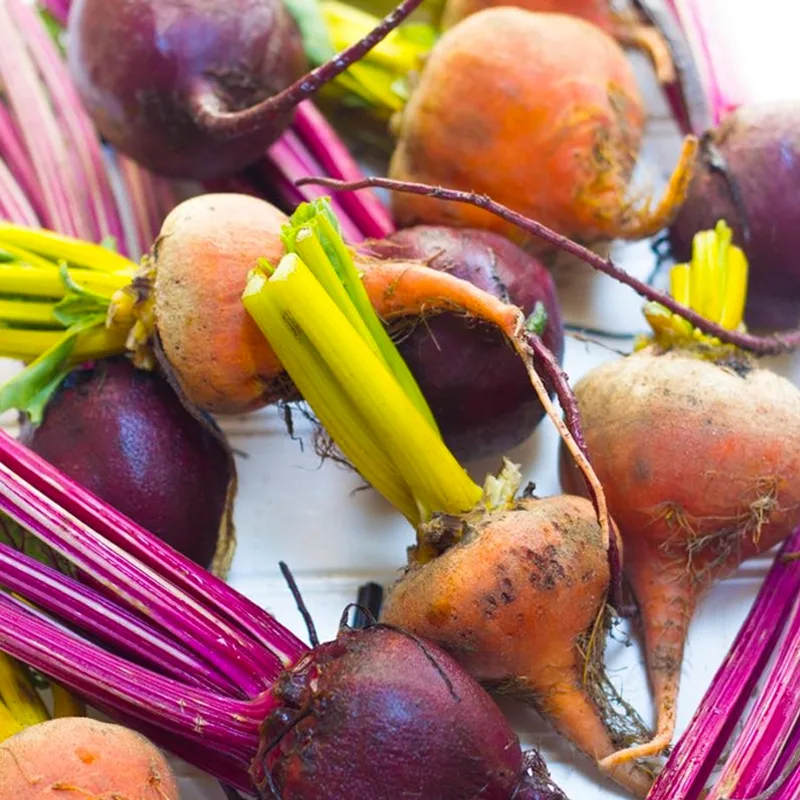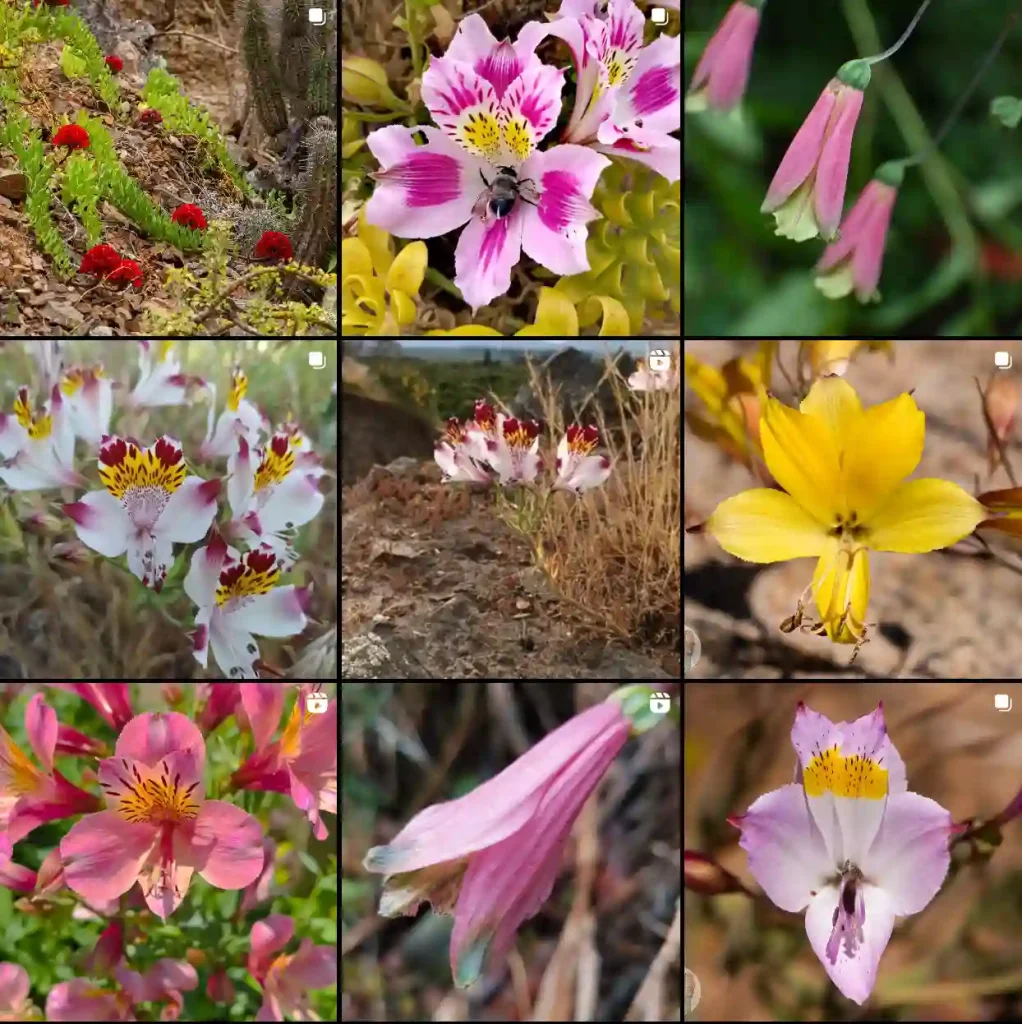
My Fascination with the Gilia Genus
As a botanist, I’ve always been drawn to the diversity and beauty of the plant world. One genus that has particularly captivated me is Gilia, a group of flowering plants belonging to the Polemoniaceae family. These plants, with their delicate blooms and adaptability to various environments, offer a fascinating glimpse into the wonders of nature.
Discovering the Diversity of Gilia
Gilia encompasses a wide array of species, each with its unique characteristics. Some are annuals, completing their life cycle in a single year, while others are perennials, returning year after year. They vary in size from petite groundcovers to taller, more erect forms. Their flowers, often arranged in clusters, come in a spectrum of colors, including vibrant blues, purples, pinks, and yellows. This diversity makes Gilia a captivating subject for any plant enthusiast.
A Closer Look at Gilia Species
Here are species within the Gilia genus:
- Gilia achilleifolia (California Gilia): This species boasts fern-like foliage and clusters of blue or lavender flowers, adding a touch of wild beauty to gardens.
- Gilia capitata (Bluehead Gilia): Recognizable by its dense, globe-shaped flower clusters, this species attracts pollinators like bees and butterflies. Plant FAQs: Gilia Capitata
- Gilia tricolor (Bird’s-eye Gilia): With its intricate, tri-colored flowers, this species is a favorite among gardeners and adds a splash of color to any landscape. Plant FAQs: Gilia Tricolor
- Gilia latiflora (Broad-flowered Gilia): This species is known for its large, showy flowers, often in shades of pink or purple.
- Gilia aliquanta A.D.Grant & V.E.Grant
- Gilia angelensis: This is a rare, annual wildflower native to southern California, known for its delicate, small lavender or white blooms and preference for dry, sandy habitats.
- Gilia austrooccidentalis (A.D.Grant & V.E.Grant) A.D.Grant & V.E.Grant
- Gilia brecciarum M.E.Jones
- Gilia cana (M.E.Jones) A.Heller
- Gilia clivorum (Jeps.) V.E.Grant
- Gilia clokeyi H.Mason
- Gilia crassifolia Benth.
- Gilia diegensis (Munz) A.D.Grant & V.E.Grant
- Gilia flavocincta A.Nelson
- Gilia inconspicua (Sm.) Sweet
- Gilia interior (H.Mason & A.D.Grant) A.D.Grant
- Gilia karenae Kass & S.L.Welsh
- Gilia laciniata Ruiz & Pav.
- Gilia latimeri (T.L.Weese & L.A.Johnson) V.E.Grant
- Gilia leptantha Parish
- Gilia lomensis V.E.Grant
- Gilia lyndana Allred
- Gilia malior Day & V.E.Grant
- Gilia mexicana A.D.Grant & V.E.Grant
- Gilia millefoliata Fisch. & C.A.Mey.
- Gilia minor A.D.Grant & V.E.Grant
- Gilia modocensis Eastw.
- Gilia nevinii A.Gray
- Gilia ochroleuca M.E.Jones
- Gilia ophthalmoides Brand
- Gilia salticola Eastw.
- Gilia scopulorum M.E.Jones
- Gilia sinuata Douglas ex Benth.
- Gilia stellata: Also known as star gilia, this is a delicate annual wildflower native to the southwestern United States, featuring star-shaped, pale blue to purple blooms with striking dark centers.
- Gilia tenuiflora Benth.
- Gilia transmontana (H.Mason & A.D.Grant) A.D.Grant & V.E.Grant
- Gilia tweedyi Rydb.
- Gilia valdiviensis Griseb.
- Gilia yorkii Shevock & A.G.Day
The Allure of Gilia
What draws me to Gilia? It’s more than just their aesthetic appeal. These plants are remarkably adaptable, thriving in various habitats, from coastal bluffs to arid deserts. This resilience speaks to their inherent strength and ability to flourish in challenging conditions. Moreover, Gilia plays a vital role in their ecosystems, providing nectar and pollen for pollinators, contributing to the biodiversity of their environments.
Gilia in My Research
In my research, I focus on understanding the genetic diversity within the Gilia genus. By studying their DNA, I hope to uncover the evolutionary relationships between different species and gain insights into their adaptation to various environments. This knowledge can help us understand how plants evolve and adapt to changing climates, which is crucial in the face of current environmental challenges.
The Future of Gilia
As the world faces increasing environmental pressures, understanding and conserving plant diversity is more critical than ever. Gilia, with its adaptability and ecological importance, serves as a reminder of the valuable role plants play in our world. By studying and appreciating these remarkable plants, we can contribute to their conservation and ensure their beauty continues to grace our planet for generations to come.
If i die, water my plants!



